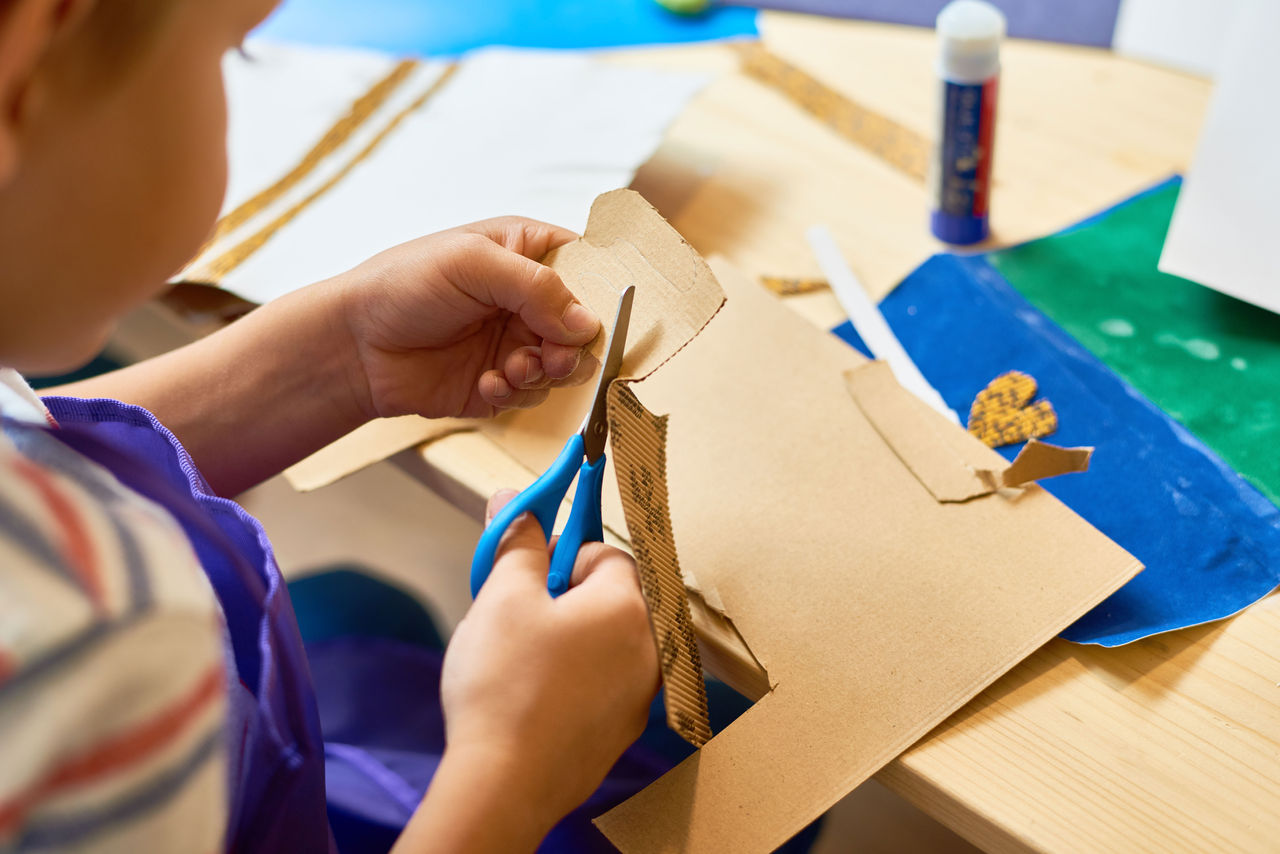Spring is a season of growth. Flowers, trees and so many other things are blossoming, blooming and growing. Not unlike spring, your children are constantly evolving and growing. Enjoy these activities with your children as you observe and explore growth all around you.
SENSORY GARDENS – Infant
For your youngest gardeners, think about growing plants that can be explored with all five senses. Sensory gardens are not just meant for visual pleasure: they are meant to be touched, smelled and even tasted. Infants are sensory focused, so this is a wonderful project for you and your baby.
Materials
- Dirt
- Planter or pot
- Water
- Plant seeds
Ideas
- Lamb’s Ear has velvety, thick leaves that are extremely soft to the touch and great for feeling with your hands.
- Basil grows fast and can be used in many dishes.
- Mint is very fragrant and can be added to water for a refreshing splash.
- Pineapple Sage has aromatic leaves that can be crushed or crumbled to release a sweet pineapple-like smell.
- Stevia is perfect for those who want to explore with their sense of taste. This plant is often referred to as “sweet leaf” because of its sweet taste.
Steps
- Think about your space. Will you plant something inside a container or in a garden bed? You don’t need a large space or container; a simple pot will work. You may also want to think creatively and use an upcycled item, such as a rain boot or soda bottle.
- Consult your local garden center to help you find the best plants for your sensory garden.
- Once your sensory garden is created, enjoy taking care of it and exploring it with your little one. Take pictures of the process from when the plants sprout to when they are grown, and photograph how your child responds to the garden.
Things to Look For
How does your child respond to the sensory garden? Does your child gravitate toward the plants or the dirt? Which senses does your child tend to use most often? Does your child use all of them equally?
PLANT PEOPLE – Toddler to Preschool
Homemade plant people demonstrate growth in a fast, fun way. Toddlers through school-age children will enjoy this activity and participate in their own way.
Materials
- Pair of nylon socks or hosiery
- Potting soil
- Grass seeds
- A variety of craft supplies, such as eyes, buttons or colored fabric
- Glue gun or craft glue
Steps
- Decorate a nylon sock or hosiery with the craft materials.
- While the decorations dry, mix the soil with the grass seeds.
- Scoop the mixture into the nylon sock or hosiery.
- Set the plant person in a plant holder or in a place where it’s supported and can be watered.
- Water the sock and let the grass grow. Check when to water it again.
- Take pictures to document growth spanning two months.
Parent Prompts to Promote Growth
- Encourage your child to make a plant person. Once it has been created, place it in a window or other sunny spot.
- During the first week, water your “person” every few days. The soil should be moist but not soaking wet. Check for initial signs of growth.
- In week two, observe for signs of growth with your child. Take pictures with your child to document the growth.
- In week three, see whether your plant person or family needs a visit to the salon! With your supervision and child-safe scissors, cut the person’s hair as you choose.
- Take a photo to document your project!
TERRARIUMS – Pre-K through School Age
What exactly is a terrarium? A terrarium is a garden grown inside a clear plastic or glass “house.” It is a low-cost and low-maintenance way for you to incorporate plants into your home and teach your children concepts like condensation, evaporation and precipitation. You can use a variety of recyclable materials, including clear plastic containers, to create one.
Materials
- An enclosed container — think about those recyclable materials, such as plastic bottles
- Pea gravel or small rocks
- Potting soil
- Small indoor or tropical plants
- Spray bottle
Steps
- Clean a large plastic bottle.
- Cut the bottle at the top to create a large opening so you can reach inside.
- Add pea gravel or small rocks on the bottom.
- Add enough soil for the seeds or small plants to be planted.
- Water them according to the seed packet or plant instructions.
- Take pictures of the bottle the first day, and continue to take pictures and check for growth for two months.
Things to Look For
What types of questions and comments is your child asking? A terrarium is essentially a self-contained garden, and your child may have lots of questions and exciting observations. Simply put, the plants and the soil release water vapor. That vapor condenses or collects on the walls of the container and then trickles down into the soil. Your child may notice the water condensation on the sides of the container, especially when the terrarium is placed in the sun. Adapt your explanations to your child’s interests and developmental level.




